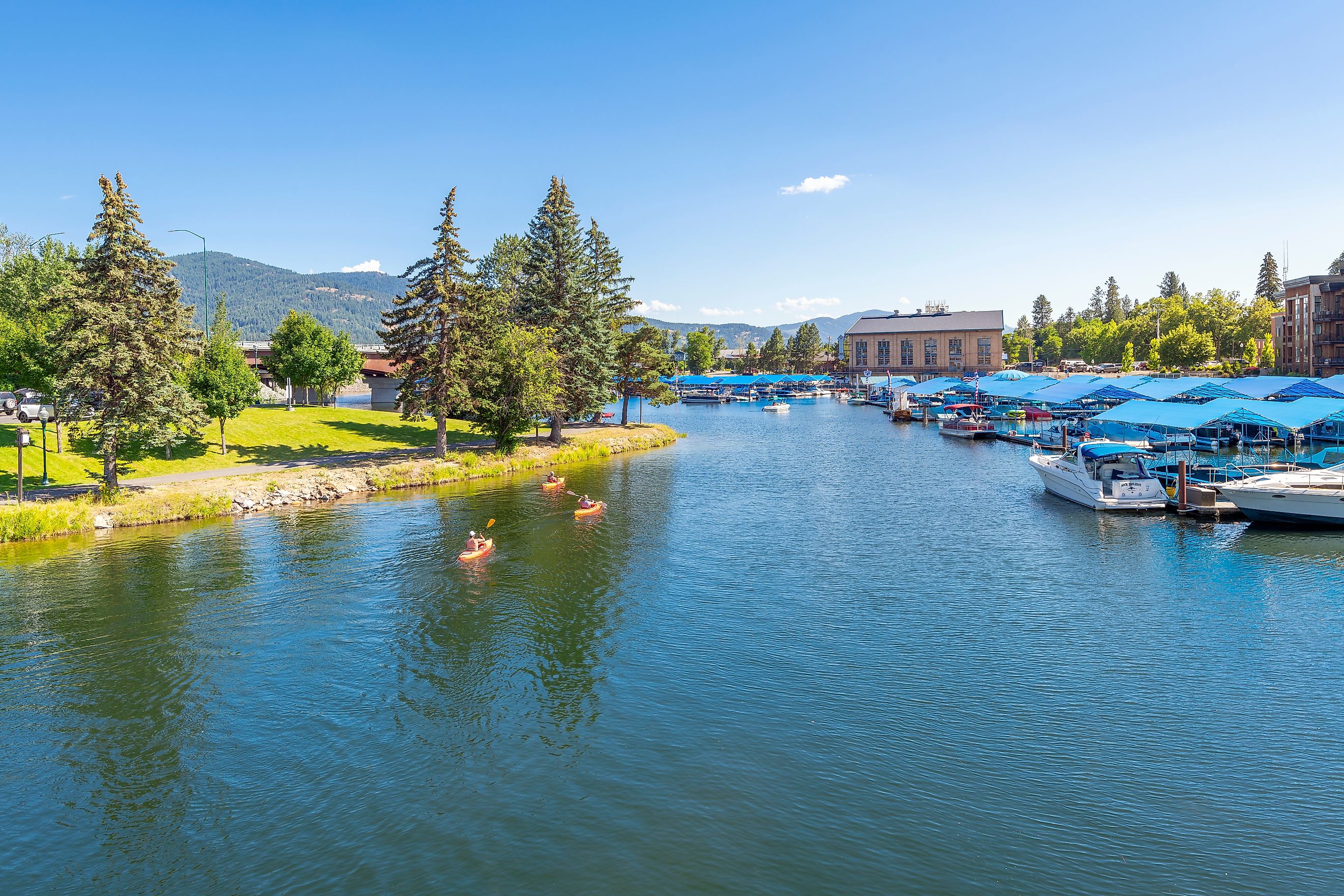
7 of the Most Overlooked Towns in Idaho
Idaho might be one of the easier states to recognize on a map because of its long panhandle that stretches to the Canadian border. The state has a diverse cultural landscape influenced by Native American heritage and the gold rush era. It also boasts outdoor charm, from mountains cutting through the countryside to sweeping deserts, giving chances for skiing, walking, and rafting across clean lakes and rivers.
With so much to see and do, the state is perfect for anyone curious about exploring the great American outdoors. The best way to take in these sights is through Idaho's small towns, which offer quick access to wonderful attractions. If you are looking for a quieter, less busy place to visit, read on to learn about seven of the state's most overlooked towns.
Moscow
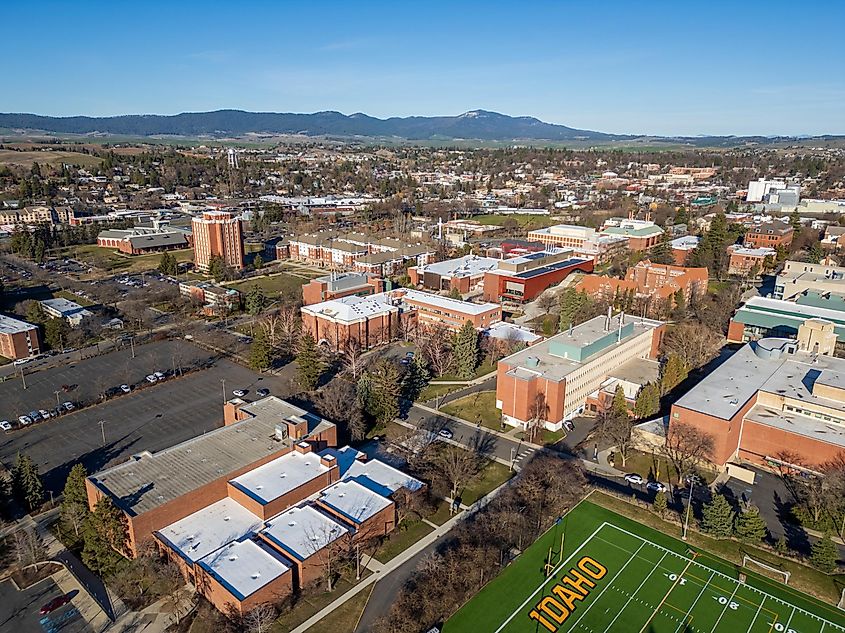
This town's name originates from Moscow in Pennsylvania, after a settler felt it reminded him of his previous home back east. Moscow's heritage dates back to the late 1800s and was vital in the area's growth, especially in farming and learning. Visitors can see important historic spots like the McConnell Mansion, a well-kept home turned museum.
Visitors should walk to the University of Idaho campus to see the "Admin Building." Its distinctive neoclassical design and clock tower make it a must-see landmark. Even if you are not a student, the site is a joy to see. Moscow is also a significant festival town with an eclectic combination of events, like the Lionel Hampton International Jazz Festival, the Renaissance Fair, and many more.
Lava Hot Springs
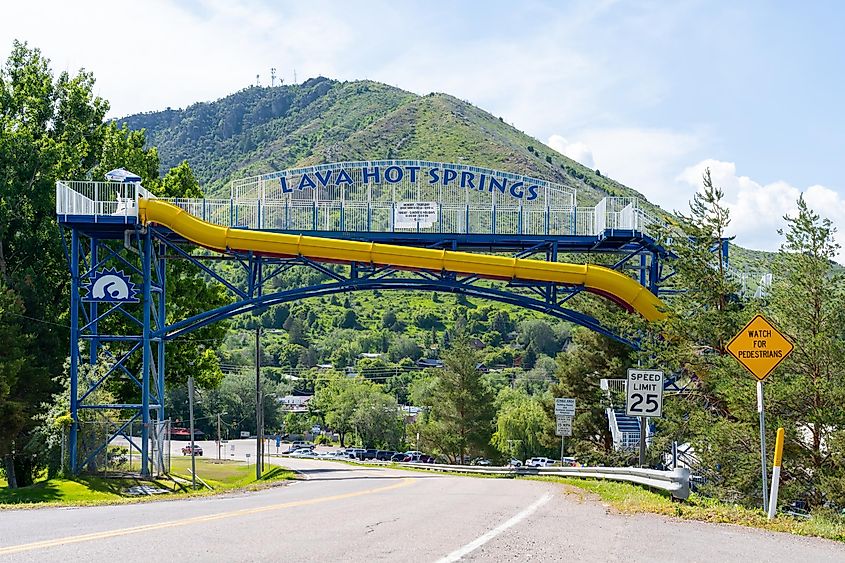
Lava Hot Springs is a town along the Portneuf River with a fascinating history. It started with local Indigenous tribes who visited the area to enjoy and heal in its hot springs. Later, travelers like miners and settlers came to soak in the relaxing waters. Today, the town is more than just its hot springs; it has become wonderful for testing the outdoors. Tourists can enjoy water activities in the Portneuf River, where tubing is a popular pastime. Want to swim? The town has a giant swimming center, the Olympic Swimming Complex, heated by the hot springs. The pool has several slides and diving boards for everyone to enjoy. When you visit in the winter, skiing is another great activity. The Pebble Creek Ski Area is a well-liked stop for fans of winter sports because of its exciting ski slopes and terrain parks.
Driggs
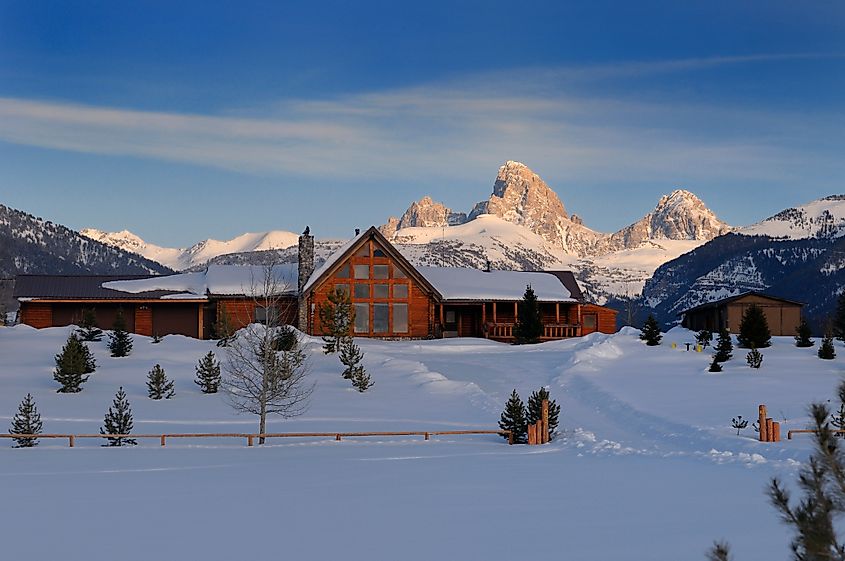
Found on the west side of the imposing Teton Mountains, Driggs boasts amazing sights and acts as a gateway to Grand Targhee Resort. It is a quieter and peaceful choice compared to the lively Jackson Hole in Wyoming, which lies across the state border. With the mountains so close, there are lots to try outdoors, like skiing or snowboarding at Grand Targhee or trekking into the nearby Caribou-Targhee National Forest. The forest boasts 2.6 million acres of forests, rivers, caves, and mountains, perfect for an outdoor excursion.
If you want to have a slow day in town, Driggs is home to the Teton Valley Historical Museum, which showcases the important heritage of the people and area. The museum helps people learn about Teton Valley's culture and history, showing guests what life was like in the region's past. As the day ends, stop by the renowned Grand Teton Distillery, where one can get tours and tastings of top-notch potato vodka when they visit.
Sandpoint
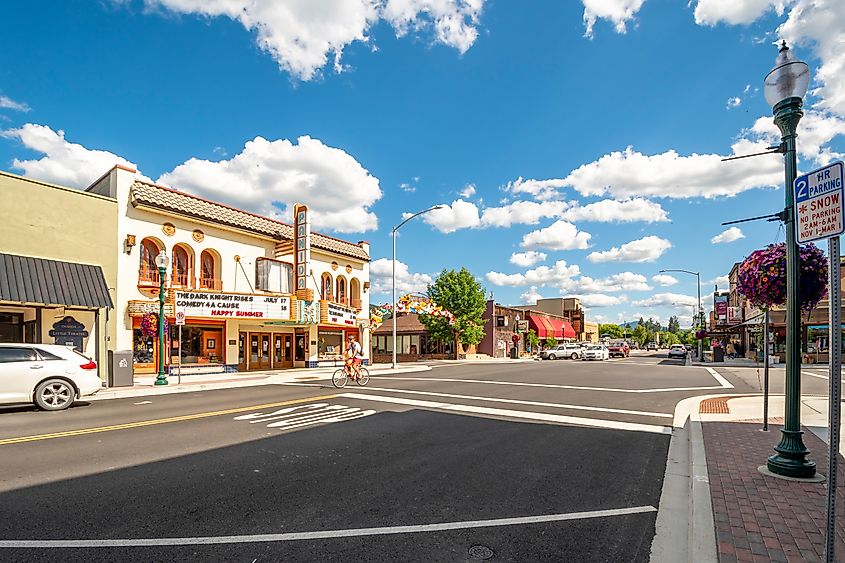
When people ask if you prefer lakes or mountains, it can be a hard choice. Well, in Sandpoint, you won't have to pick. Sitting on Lake Pend Oreille and with two nearby mountain ranges, Sandpoint has no shortage of sights. The best way to take in the sights is at the town's boardwalk. It runs alongside the lake's edges, offering some of the prettiest views.
Despite its small size, Sandpoint is bursting with arts and culture. This town has plenty of art galleries, theaters, and events for music, including the famous Festival at Sandpoint. Here, you can enjoy live music from both local and international musicians. Other events include the Winter Carnival, the Scenic Half Marathon, and the Lost in the '50s Car Show. Downtown is full of old-time beauty, with cool brick and stone buildings, small unique shops, art places, places to eat, and the local favorite, the Cedar Street Bridge Public Market.
Lewiston

Lewiston is a lovely town in north-central Idaho, where the Snake and Clearwater Rivers come together. The Dworshak Dam lies near Lewiston, standing tall above the North Fork Clearwater River. Visitors can go on tours to see how the dam works, learn about its story, and take in the gorgeous views of the sprawling forests nearby. Also within a decent drive of town is Hells Canyon, the continent's deepest river gorge. Garnering Lewiston the nickname “gateway to Hells Canyon,” one can go on rapid water rafting, jet boat, or just take in the amazing sights of the canyon from different spots.
Every spring, the town puts on the Dogwood Festival. This is a wonderful opportunity to enjoy the city's stunning scenery and deep cultural roots. Tourists can have fun during the festival by attending a parade or listening to some of its live music.
Wallace
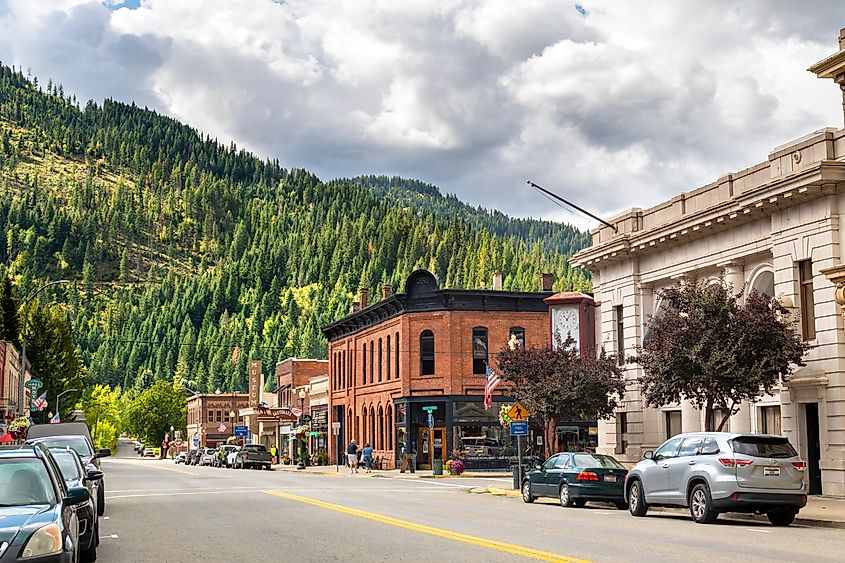
Some places just have that Old American West charm, and Wallace is one of those places. First settled in the 19th century, the town is known for its roots in silver mining. The Sierra Silver Mine Tour lets you discover mining history through a guided journey with hands-on mining activities. Or, one can opt to stroll through the Wallace Historic District, as history is palpable throughout, from its museums to notable landmarks. With dozens of contributing buildings showcasing Classical Revival and Renaissance Revival architecture styles, there is a strong Old West vibe that tourists adore.
For a more profound learning experience, tourists can enter the Northern Pacific Depot Railroad Museum. It is in an old rail station and brings to life the town's extensive train history. Also nearby is the Wallace District Mining Museum. This museum showcases the town's mining legacy, which was vital in developing the region and the country as it stretched and grew West.
Idaho City
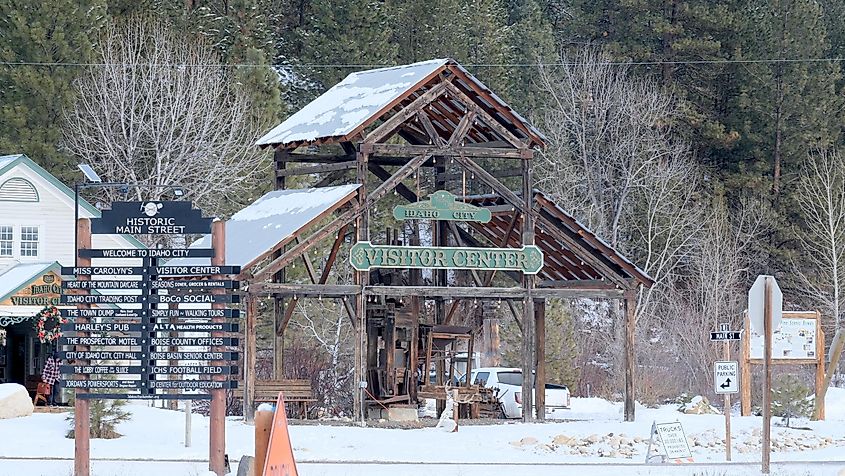
Idaho City's past mirrors a lot of other mountainous towns in the West, as its history is deeply linked to the Gold Rush that drew in thousands. The town was founded in 1862, and its population quickly exploded, making it one of the most significant towns in the Northwest. Nowadays, the population is lower, but there is still a lot to do. The town's core holds a collection of buildings that are still in good shape from the Gold Rush. Visitors can check out places like the Boise Basin Museum to learn more about the distinct character of Idaho City's history.
Idaho City also acts as a front door to the great outdoors of the Boise National Forest. People visit the forest for some of the state's best hiking, camping, and fishing. For more outdoor opportunities, one can find Shafer Butte, a majestic and imposing mountain in the Boise Range. With a peak of over 7,500 feet, it offers beautiful, expansive views of the area.
In Conclusion
Idaho is famous for its gorgeous nature and variety of landscapes, giving people lots of outdoor and cultural things to see and do. From the old-timey feel of Wallace to the calming waters of Lava Hot Springs, every town has its special charm. Whether you are looking to hit the ski slopes for some excitement or enjoy a quiet day at a museum, Idaho's secret spots are calling, ready for you to explore and find adventure in the Pacific Northwest.











